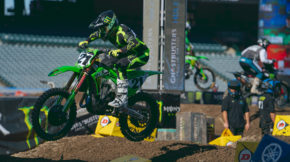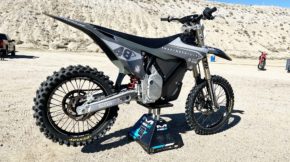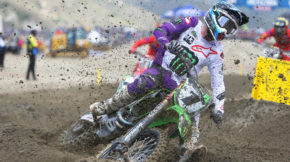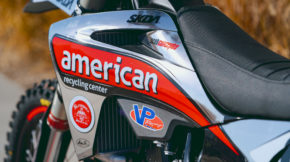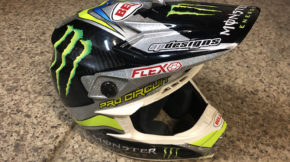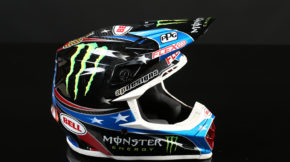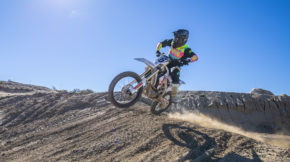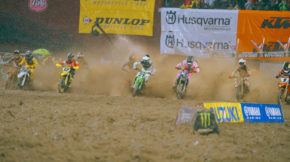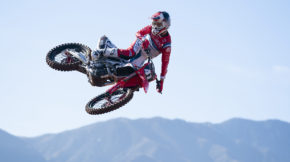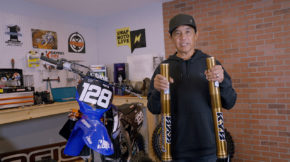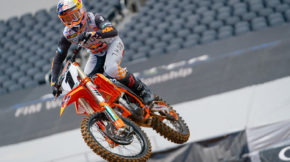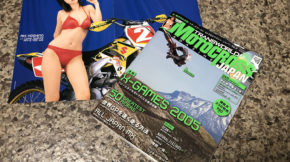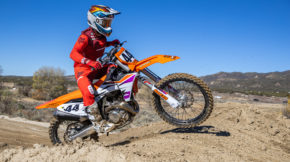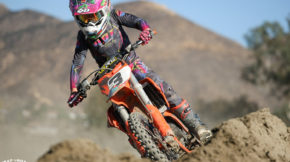2021 Kawasaki KX450 | First Test!
Share
The Kawasaki KX450 received a total overhaul in 2019 and the 2020 bike enjoyed a ton of accolades from our test riders, as well as from other media outlets and consumers, too. In 2020, the bike returned unchanged, save for a set of all-green plastic, and in the very capable hands of Eli Tomac, the KX450 earned the Monster Energy Supercross Championship, and there’s little doubt that the big green machine is one potent race weapon, right off the dealership showroom floor. They say if something isn’t broke don’t fix it, and that’s exactly what Kawasaki did for 2021. Kawasaki made three important changes to the bike, and the result is a machine that is – in our opinion – without a weakness.
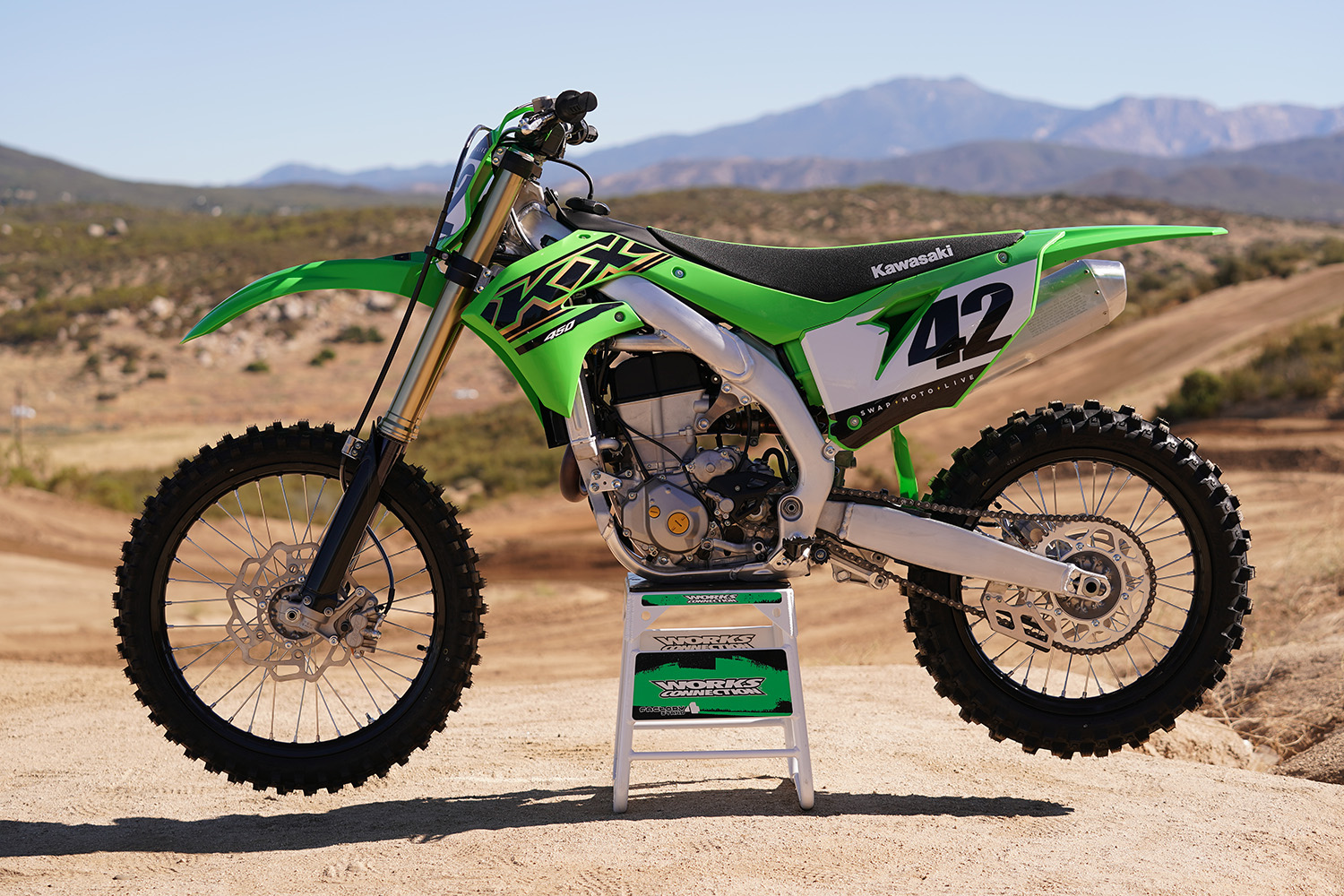
The 2021 Kawasaki KX450 enjoys three carefully executed updates and they make the new bike noticeably better than last year’s.
Last year, we were enamored with the new hydraulic clutch when we first took delivery of the 2020 bike, but after a few weeks we noticed that the clutch wore quickly and had a strange pulsating feel. The pulsating feel was due to a judder spring in one of the steel clutch plates, and the quick and easy fix was to replace it with a standard steel plate. The hydraulic system was, however, almost too easy at the lever and we found that just by riding with our finger on the clutch lever we were sometimes slipping the clutch. We blew through our first set of clutch plates in about three hours as a result. When we first replaced our plates, we ditched the judder spring and enjoyed the feel much more, but when Alex Ray borrowed our test bike for a couple of days of riding, there went the second batch of clutch plates. Ultimately, we replaced the clutch plates with a Rekluse TorqDrive Clutch Pack and were super stoked with the performance, feel, and lifespan. For 2021, Kawasaki beefed up the size of the clutch plates, gave the fiber plates a different angled design for better oil flow, and replaced the eight individual clutch springs with a single coned disc spring for better feel and performance.
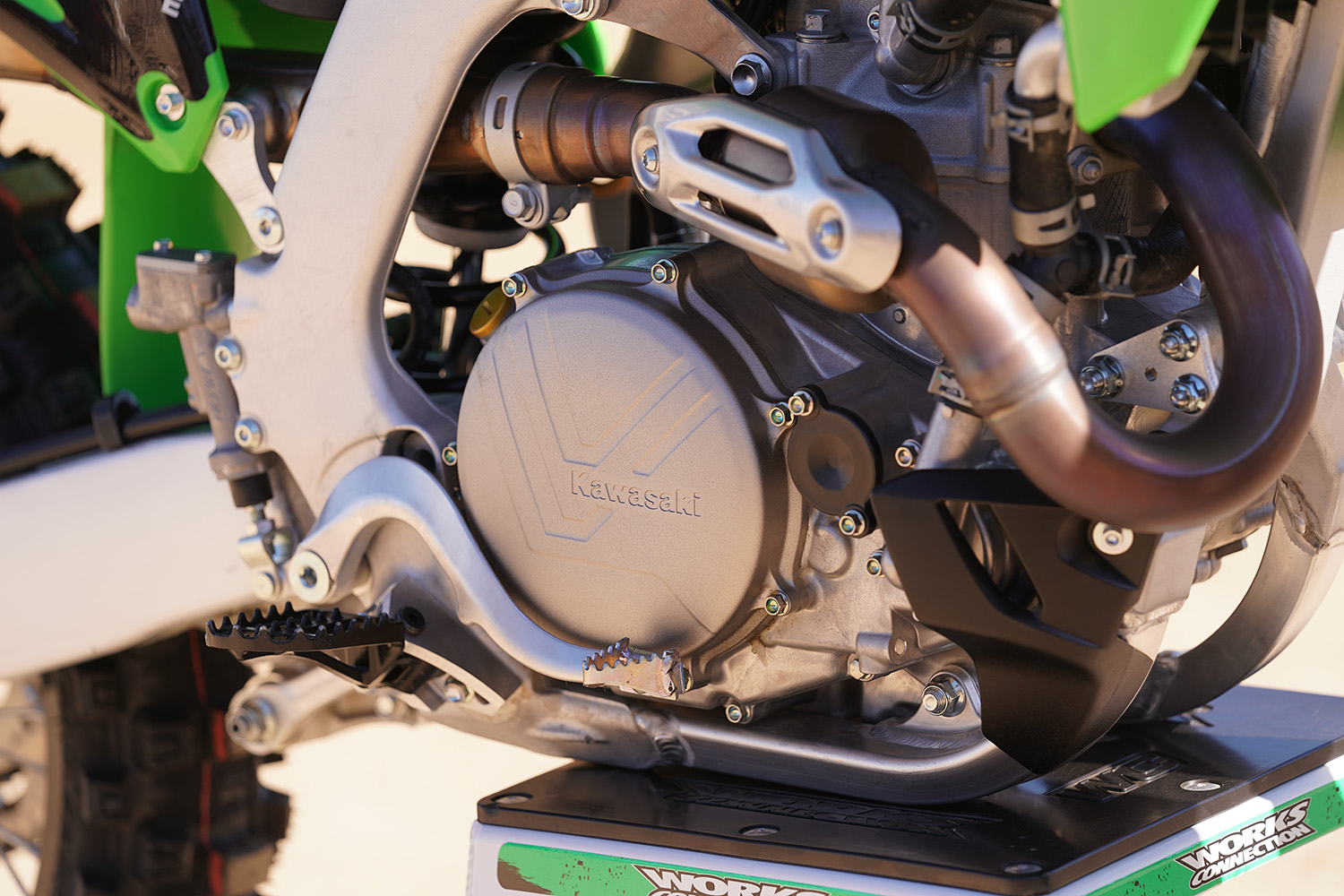
Behind the clutch cover lies a completely redesigned clutch assembly. This is a good thing, as last year’s clutch was the KX450’s Achilles heel.
Our test riders Pat Foster and Rene Garcia both noticed a different feel at the clutch lever and also in the actuation and engagement. While the coned disc spring might make a cable-actuated clutch feel firmer at the lever, this is not an issue with the Kawasaki’s hydraulic clutch assembly. The feel at the lever remains buttery smooth, but the clutch is not as prone to accidental disengagement with a single finger resting on the lever like it was in 2020. The character of the coned disc spring is unique at the lever as it is easy to pull initially, gets firmer in the middle, then gets soft again as the lever is pulled in to the handlebar grip. The actuation is positive and has improved feel and modulation at the lever…definitely an improvement over 2020.
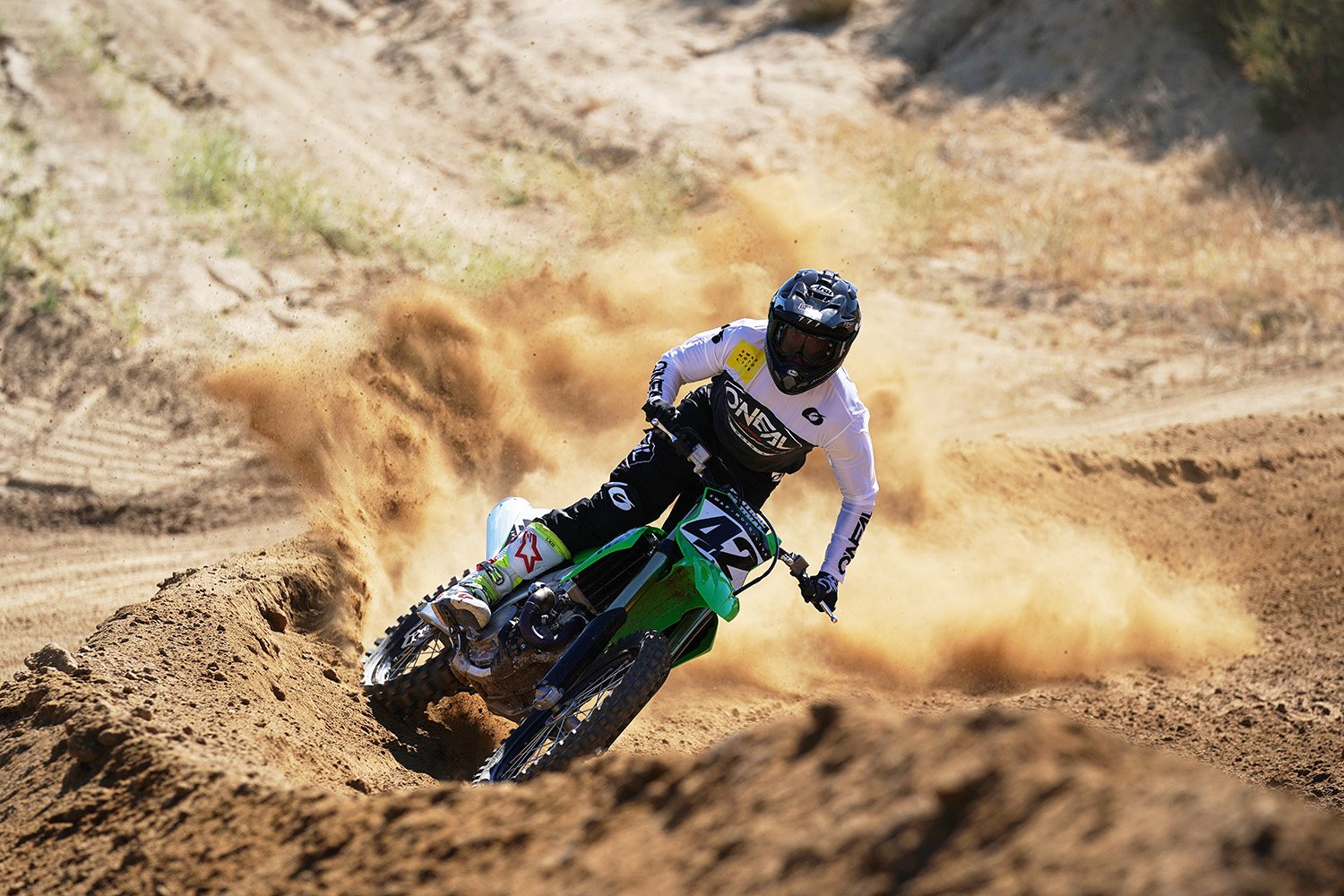
As always, the Kawasaki is a stable, predictable machine that does nothing quirky or unexpected. Pat Foster puts the ’21 through its paces in a dry, slippery corner with confidence.
The only other engine change is a new dry film lubricant coating on the piston skirt. Much like the way DLC on the lower fork tubes improves the suspension feel due to less stiction, the coating on the piston increases durability thanks to reduced friction. Could we tell a difference? Truth be told, no. But, the KX450 revs quickly and freely and produces gobs of usable, easy to control power. Does the new piston coating add to the free-revving feel of.the Kawasaki engine? Sure, it could, but we’re not gonna pretend that we noticed a difference. All told, the KX450 has an ideal powerband for a 40 race bike: it produces loads of torque in a predictable fashion and is equally at home being revved to the moon as it is being short shifted and chugged around at a low rpm.
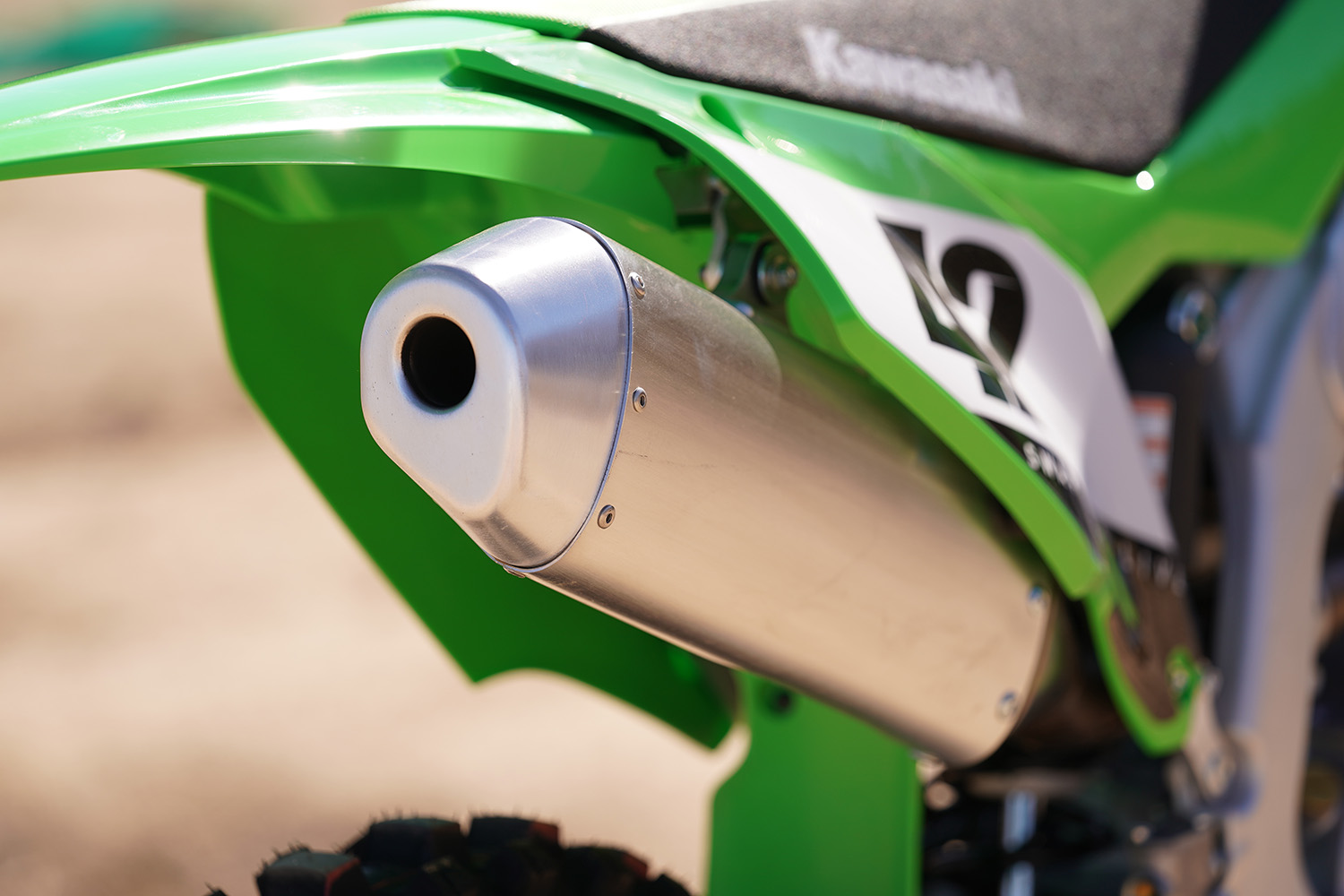
Yes, people, the Kawasaki KX450 muffler is big. It’s also quiet and it is a critical component in the green machine’s flawless powerband. Most of you will replace it with an aftermarket unit anyway, so stop bitching about it.
The last update for 2021 is a set of 1 1/8″ Renthal Fatbars, which replace the 7/8″ Renthals of the past. It’s funny to think back on the mild steel handlebars that used to come standard on motocross bikes back in the day, and we can remember when bikes first started coming equipped with high-quality 7/8″ aluminum bars. Oddly enough, in 2020 the KX450 (and KX250) were the only bikes that came stock with 7/8″ bars. Sure, they were comfortable and great at absorbing vibration and track feedback, but in comparison to the oversized 1 1/8″ bars that came on every other bike, they were weak and prone to crash damage. Truth be told, replacing the standard 7/8″ bars with oversized bars was usually one of the first things we did to our Kawasakis for the past few years. The new Renthal Fatbar has a low, swept-back bend that feels odd to some in the pits, but everyone agreed that they were comfortable out on the track. (And yes, the throttle grip is still vulcanized on and nearly impossible to remove.)
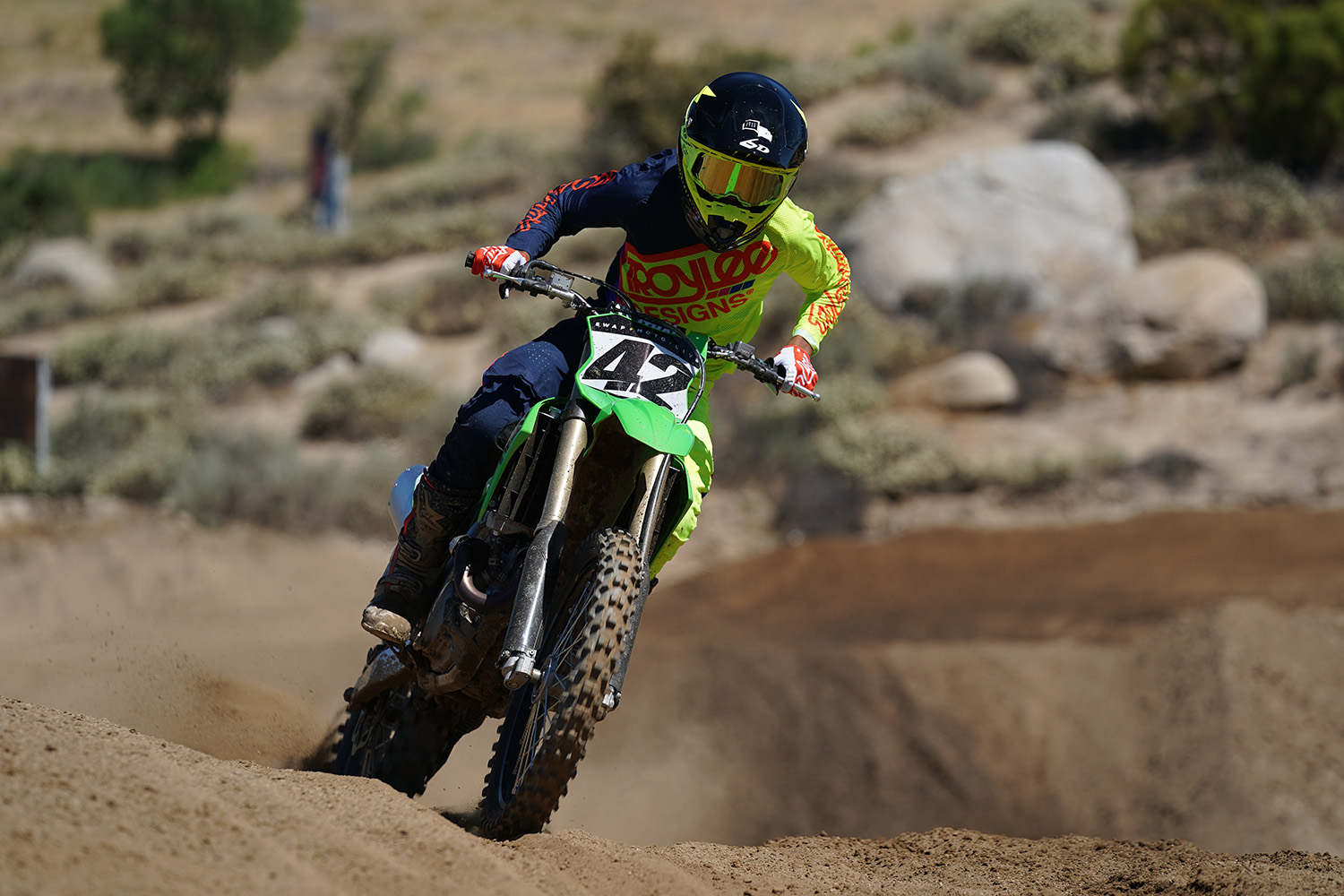
Rene Garcia is a few inches shorter than Pat Foster, but the Kawasaki is the most ergonomically adjustable bike made with two footpeg positions and four handlebar positions to choose from. Rene loved the bend of the new Renthal Fatbar.
Last year, several of our test riders chose the Kawasaki KX450 as the Bike of the Year, but ultimately it was ranked second overall in our annual shootout comparison. Can these three well-planned changes bump the Kawasaki to the top of the class in 2021? Seeing how Kawasaki targeted the bike’s two biggest shortcomings with the improved clutch and oversized handlebars, we wouldn’t doubt it! As it stands, the 2021 Kawasaki KX450 is blessed with an amazing suspension package, great handling characteristics with the ideal blend of stability and agility, an ideal powerband, and the best ergonomics in class.














